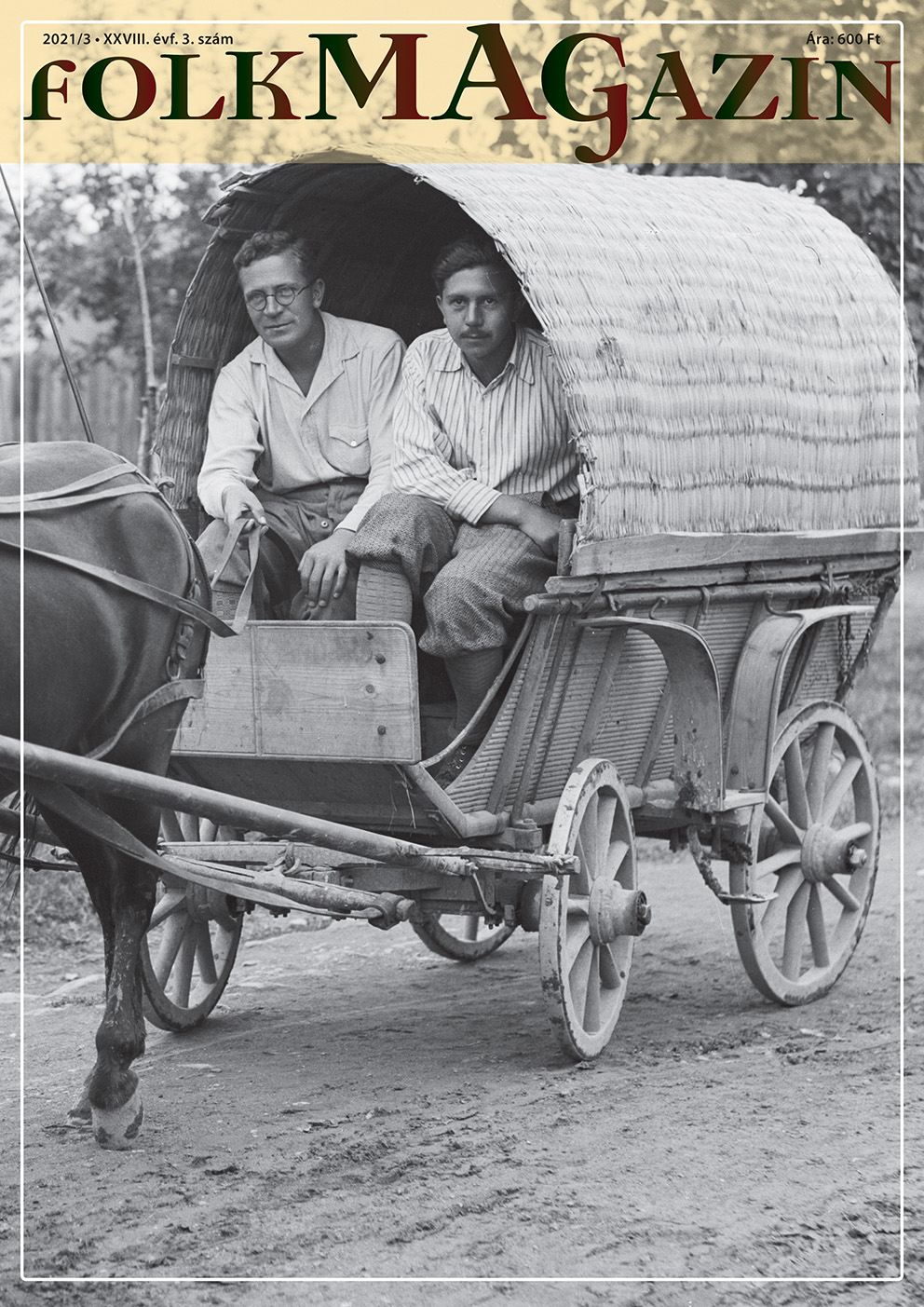Articles by Initial Letters
„A fődér fődből kell munkálni”
Adatok a moldvai csángómagyarok fazekasságának végnapjaihoz
- Issue: 2021/3
- Starting page: 22
- Serie: „Hol Moldova és a Szeret orgonálnak völgyekend...” (Lakatos Demeter: Itt születem)
- Author: Halász Péter
- =>
Traditional ceramics in Hungarian Csángó communities in Moldavia. In places where the land wasn’t sufficient for growing food, the population was forced to try to support themselves through various traditional household crafts such as ceramics. Making pottery was possible of course only in places where soil, tradition and market demand supported it. Procedures of making clay from the earth, throwing the pots, types of pots made, decorating, firing, glazing, barter compensation and sale of the pottery are described. The ceramics of Gorzafalva/Oituz in Bacău County, Romania are concentrated on, as this is where the craft survived the longest. The last Hungarian Moldavian Csángó potter Aszalós Viktor was born in 1936. By Halász Péter.





